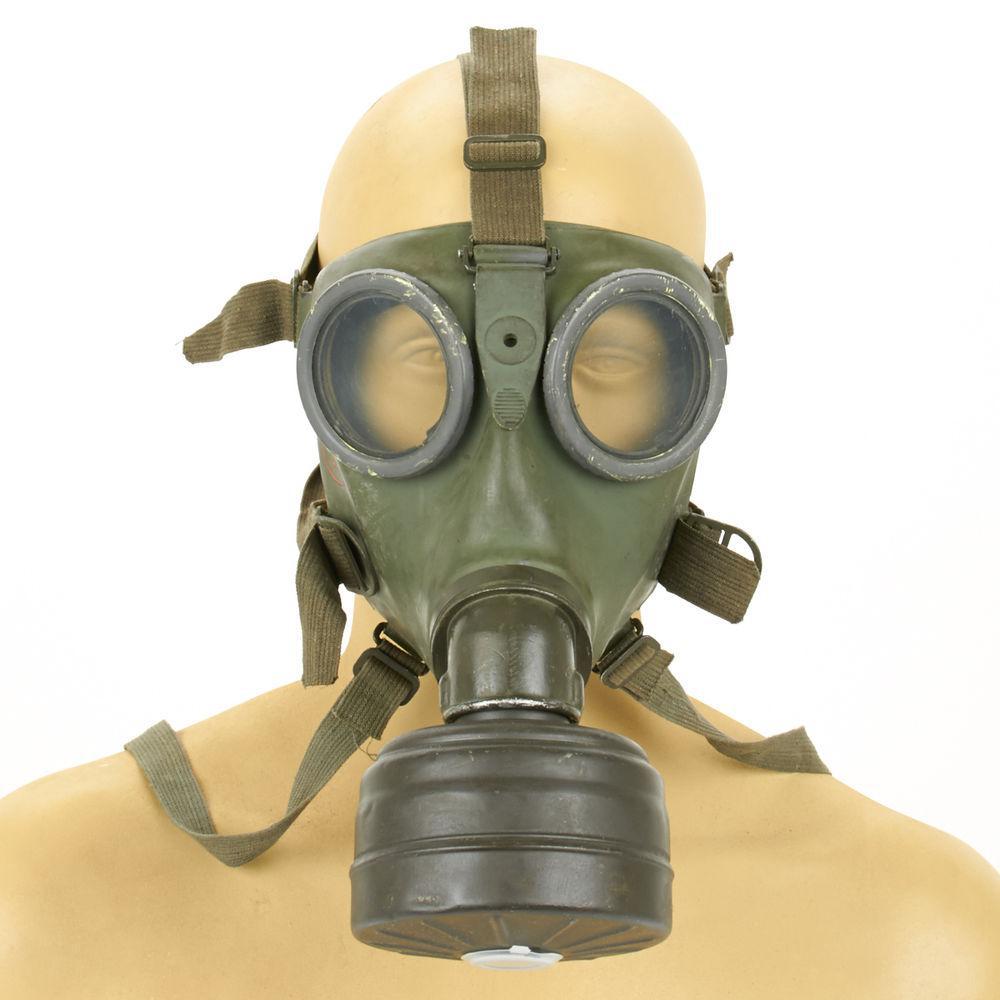

Early gas masks were nothing more than cotton wool pads or cloth soaked in water or in some cases urine.

As a result, Allied forces struggled to find effective countermeasures. So devastating was the attack that it almost enabled a rare German breakthrough. This attack caused an immediate panic leading to a massive retreat. When inhaled, the gas destroyed the alveoli of the lungs, causing men to essentially “drown” on the liquid created by their own bodies. The first chlorine gas attack, which hit French Colonial and Canadian troops, appeared as a yellowish-green cloud. Introduced during World War I, the French Army used the ARS 1917 until 1935. And while the gas actually killed very few combatants when compared to the vast numbers who gave their lives in the war (according to some sources, as many as 93 percent of gas casualties returned to duty within a few weeks), it was quite a success as a psychological weapon. But it was that calm April day that marked how truly devious gas could be as a weapon of war. While the first widespread use of poison gas occurred on April 22, 1915, near Ypres, Belgium, there had been previous small experiments by the Germans in the weeks prior to the attack. For soldiers on both sides, the horrific effects of the new weapon added another vital piece of equipment to the soldiers’ needs-the gas mask. In a conflict that already was infamous for reaching new depths in the shameful chronicle of man’s inhumanity to man, the new weapon proved to be so heinous that it was never used again on such a massive scale. With World War I in a seeming stalemate, German forces in late April 1915 introduced a horrific new weapon to the fighting.


 0 kommentar(er)
0 kommentar(er)
